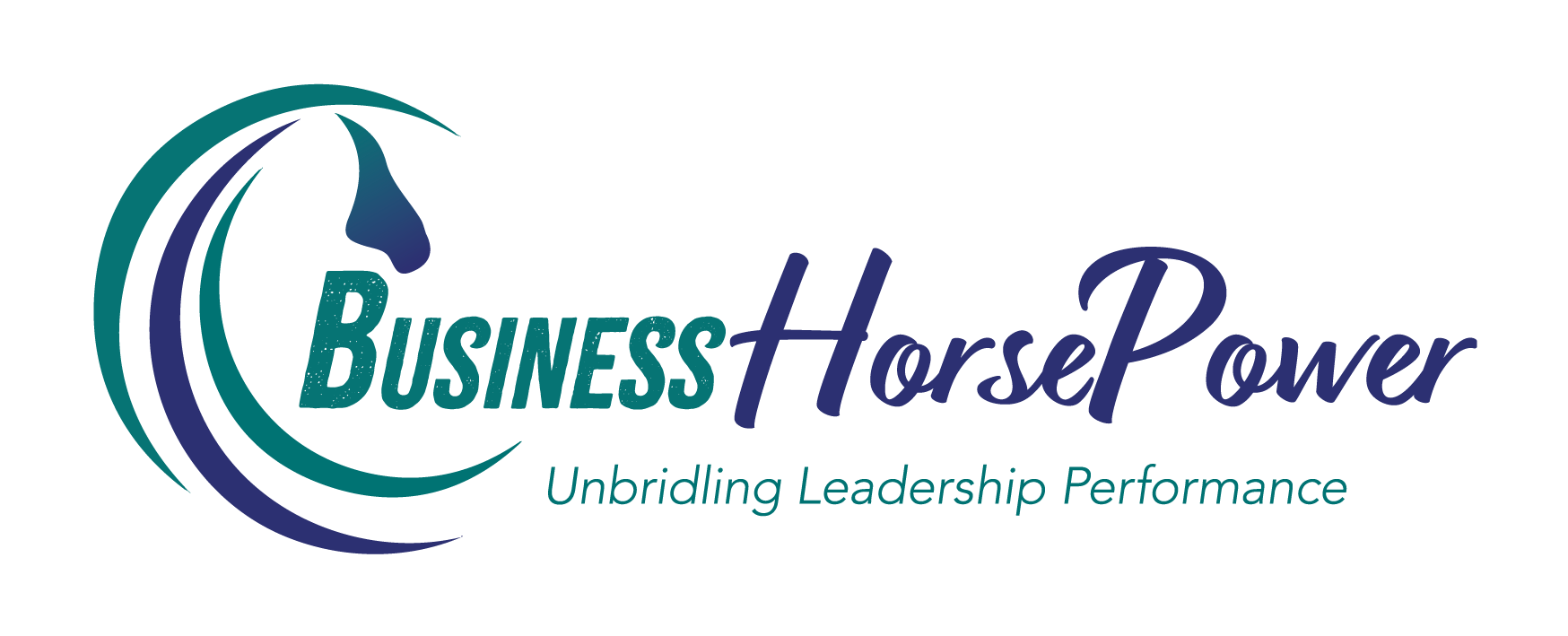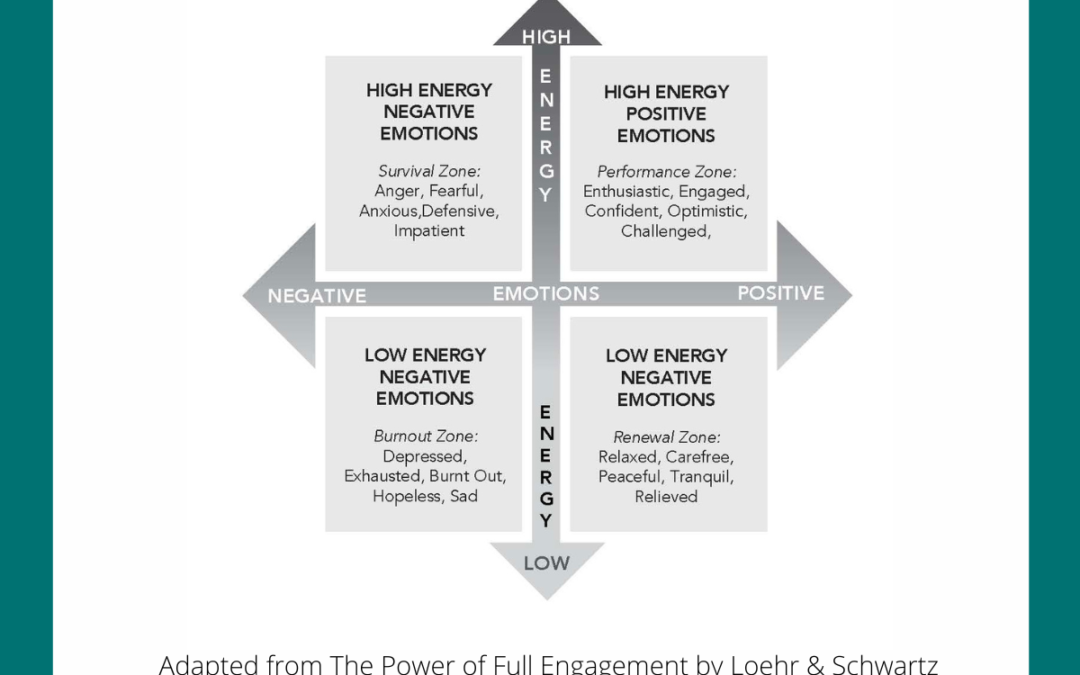
#18 – Enhancing Productivity in Hybrid Teams
Welcome back to Impactful Teamwork! I’m Julia Felton, your host, and I’m excited to dive into a topic that’s more relevant than ever: boosting productivity in hybrid teams. The COVID-19 pandemic has fundamentally changed the landscape of work, compelling many organizations to adopt remote or hybrid work models. In this blog, we’ll explore how to enhance productivity in such environments, drawing insights from recent research by Gallup.
The Evolution of Work: From Office to Hybrid
Before the pandemic, the idea of remote work was often met with resistance. Many organizations, particularly in sectors like accounting and law, insisted on a five-day office week. However, COVID-19 forced a rapid shift to remote work, demonstrating that businesses can operate successfully with remote teams.
Now, we see a spectrum of approaches to work: fully remote, fully in-office, and hybrid models. This shift has highlighted the critical need for effective collaboration in hybrid environments. The challenge lies in replicating the informal learning and spontaneous interactions that occur naturally in an office setting.
The Challenge of Learning by Osmosis
In traditional office settings, employees often learn by osmosis—absorbing knowledge by observing and interacting with colleagues. This informal learning is harder to achieve in a hybrid or remote setup. Technical sectors, in particular, miss out on this crucial aspect of skill development.
To address this, organizations must find new ways to facilitate collaboration and knowledge sharing in hybrid teams. Let’s explore four key strategies recommended by Gallup to boost productivity in hybrid teams.
1. Plan for Success
The Importance of a Formal Collaboration Plan
Gallup’s research, involving 2,877 workers in the U.S., revealed that nearly 50% of hybrid workers lack a formal or informal plan for effective collaboration. Clear policies defining when and how remote work should be conducted are essential. This includes setting expectations for work hours, communication protocols, and availability.
Flexibility and Structure
While remote work offers flexibility—allowing employees to adjust their schedules for personal commitments—it can also create challenges. Without clear guidelines, employees might feel pressured to respond to emails outside of their work hours. Therefore, it’s crucial to balance flexibility with structured plans that outline when team members should be available and how they should communicate their unavailability.
The Impact of Having a Plan
Teams with a well-defined hybrid collaboration plan experience better collaboration and higher engagement. Gallup’s research shows that such teams are 2.2 times more likely to view their organization’s hybrid policy positively, 66% more likely to be engaged at work, and 29% less likely to experience burnout. These statistics underscore the importance of planning for hybrid work.
2. Coordinate Hybrid Collaboration
Regular Team Check-ins
Regularly scheduled team check-ins are vital for maintaining collaboration in hybrid teams. About two-thirds of companies with effective team check-ins report better collaboration. However, it’s essential to structure these meetings correctly to avoid meeting overload and ensure the right people are present.
Setting Guidelines for Availability
Clear guidelines on work hours and availability significantly enhance team collaboration. Knowing when team members are available helps prevent misunderstandings and ensures smooth communication. Additionally, setting specific days for on-site work can foster better face-to-face interactions and strengthen team bonds.
The Need for Face-to-Face Interactions
While hybrid work offers flexibility, in-person interactions remain crucial. Many teams today have members who have never met face-to-face, weakening their relationships. Therefore, creating opportunities for team members to meet in person, even occasionally, can greatly improve team dynamics and collaboration.
3. Reflect and Adapt
Implementing Best Practices
Regular reflection and adaptation are key to making hybrid work successful. Teams should frequently review what’s working, what’s not, and how they can improve. Gallup’s research indicates that only 22% of teams have weekly or monthly discussions about hybrid work practices. Increasing the frequency of these reviews can help teams continuously improve their hybrid collaboration strategies.
Continuous Feedback
Providing continuous feedback and making necessary adjustments help teams adapt to the hybrid work model. Regular discussions about best practices and lessons learned can foster a culture of continuous improvement and help teams stay aligned and productive.
4. Upskill for Hybrid Success
Training and Development
Only 21% of hybrid workers have received training on effective hybrid work practices. To succeed, teams need to learn how to navigate the challenges of hybrid work. This involves upskilling both managers and team members to work effectively in a hybrid environment.
The Role of Managers
Effective management is crucial for the success of hybrid teams. Gallup’s research shows that having an effective manager leads to four times higher employee engagement and well-being. Therefore, investing in training and support for managers can significantly enhance team productivity and engagement.
Building Stronger Relationships
The Need for Connection
Strong relationships are the foundation of effective teamwork. In a hybrid world, where spontaneous interactions are limited, teams need to consciously create opportunities for connection. This can include regular check-ins, virtual coffee breaks, and team-building activities.
Understanding Team Members
Knowing the strengths and weaknesses of each team member is crucial. Managers should encourage team members to share their skills and expertise, which might not be immediately apparent in a remote setting. This helps build a more cohesive and supportive team environment.
Conclusion: The Leader’s Role in Hybrid Teams
Leaders play a pivotal role in making hybrid teams work. By planning for success, coordinating collaboration, reflecting and adapting, and upskilling their teams, leaders can enhance productivity and engagement in hybrid environments. Building strong relationships and fostering a sense of connection among team members are also essential.
My invitation to you this week is to reflect on your hybrid teams. What can you do to improve performance? How can you enhance communication and set clear expectations? By addressing these questions, you can create a more productive and cohesive hybrid team.
Show Notes:
Here are the highlights from this episode:

Julia Felton (aka The Business Wrangler) is the founder of Business HorsePower. Business leaders, entrepreneurs and executives hire her to accelerate their business performance by harnessing the energy of their people to work more collaboratively together. By aligning purpose with actions the team achieves exponential results as everyone starts pulling in the same direction.
Julia believes that business is a force for good and through designing purpose-driven businesses that leverage the laws of nature, and the herd, you can create businesses founded on the principles of connection, collaboration and community that make a significant impact in the world.














